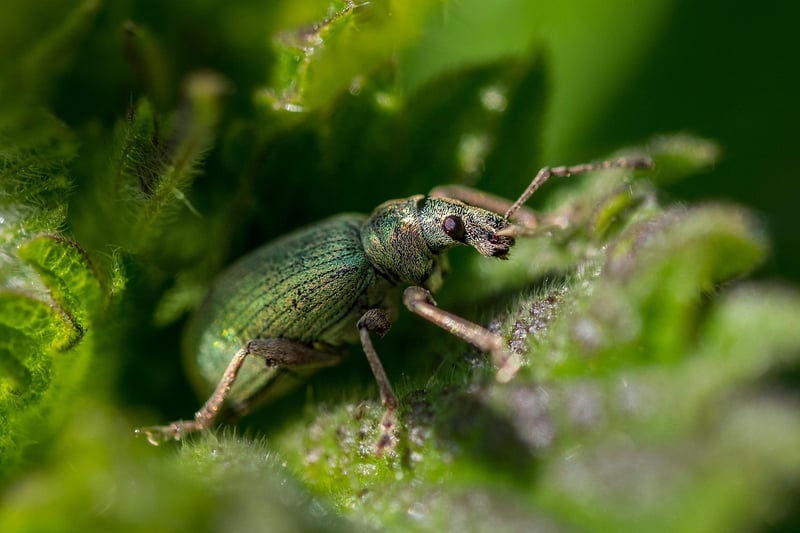Identifying Pests
Protecting Your Plants and Identifying Pests
As a plant parent, keeping your green friends happy and healthy is a top priority. However, sometimes unwanted guests in the form of pests can wreak havoc on your beloved plants. To ensure your plants thrive, it's essential to know how to protect them and identify common pests that may threaten their well-being.
Protecting Your Plants
1. Ensure Proper Plant Care: Healthy plants are more resilient to pests. Provide adequate sunlight, water, and nutrients to keep your plants strong.
2. Monitor Regularly: Check your plants frequently for any signs of distress, such as wilting leaves, discolored spots, or unusual growth patterns.
3. Practice Good Hygiene: Remove dead leaves, debris, and weeds from around your plants as they can harbor pests.
4. Use Natural Remedies: Consider using natural pest control methods like neem oil, insecticidal soap, or introducing beneficial insects to combat unwanted pests.
Identifying Common Plant Pests
1. Aphids: These tiny insects feed on plant sap, causing leaves to curl and distort. They can be green, black, brown, or red.
2. Spider Mites: These minuscule pests thrive in dry conditions and create fine webbing on plants. They suck the sap from leaves, causing yellowing and stippling.
3. Mealybugs: Mealybugs look like fluffy white cotton and feed on plant juices, weakening the plant and causing yellowing leaves.
4. Whiteflies: These small, white insects fly around when disturbed and feed on plant sap, leading to yellowing leaves and the spread of sooty mold.
By staying vigilant and taking proactive measures, you can protect your plants from these common pests and ensure they continue to flourish in your care.

Remember, a healthy plant is better equipped to fend off pests, so prioritize proper care and maintenance to keep your indoor or outdoor garden thriving.
